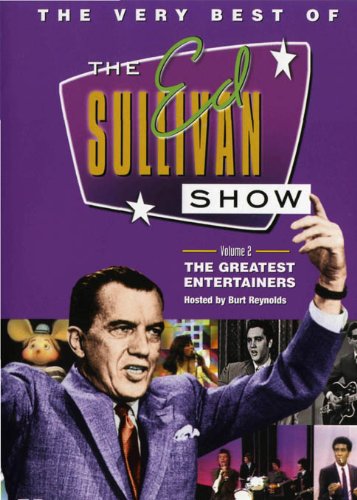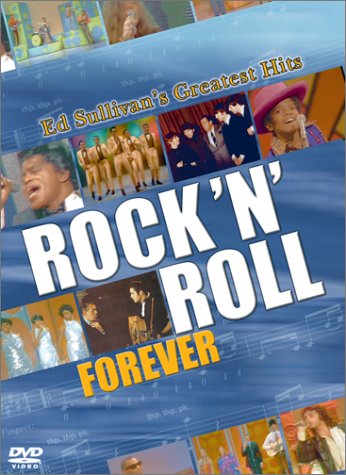John Fogerty (guitar), Doug Clifford (drums) and Stu Cook (bass) all grew up together in El Cerrito, California and began playing music together while in junior high school. The three boys started out as an instrumental cover band and later, in the early 1960’s, joined up with John’s brother Tom (rhythm guitar, vocals) to play live shows around town. Signed to Fantasy Records, they released seven unsuccessful singles under the name of The Golliwogs. In 1967, they released their first single as Creedence Clearwater Revival, and things began to happen.
According to the band, the name Creedence Clearwater Revival was derived from Tom’s friend Creedence, a commercial for Olympia beer evoking the word “clear water” and the group’s revival after a two year layoff when John and Doug were called to military duty by the draft board in 1966. With this renewed commitment to making music, Creedence Clearwater Revival released their self titled debut album in 1968. By this time, John was guitarist, singer, songwriter and producer. Inspired by artists such as Muddy Waters, Hank Williams, Chuck Berry and Elvis Presley, the album’s sound spoke to the group’s working class origins. The LP with was well received and the single, a remake of Dale Hawkins 1956 song, “Suzie Q” reached #11 on the Top 40 charts nationally.
With the group’s early success, Creedence Clearwater Revival hit the road to perform live shows throughout the country while also working on a follow-up album. These shows included music festivals, most famously Woodstock where they appeared with artists Janis Joplin, Jimi Hendrix, Santana Santana and The Who. Along with all these shows and as with any artist looking for national exposure, the band made sure to book themselves on The Ed Sullivan Show.
The group‘s first appearance was on March 9, 1969. While introducing Creedence Clearwater Revival, Ed Sullivan spoke to the group’s early success stating, “All the youngsters…have been asking for this group.” Having released their second album, Bayou Country, earlier that year the group opened with their hit single “Proud Mary,” a song about a Mississippi steamboat. John Fogerty actually started writing the song the morning he was discharged from the U.S Army. The hit was #2 on the Billboard charts and would later be covered by Ike and Tina Turner, as well as Elvis Presley.
The band followed that song up with a rousing version of Little Richard’s “Good Golly Miss Molly” full of blistering guitar solos and Fogerty’s howling of the title line. With Fogerty’s twang, drummer Doug Clifford’s pink cowboy shirt and the band’s swamp rock sound, it felt like the group was straight out of Louisiana as opposed to Northern California. Following the two songs the group went up to shake Ed Sullivan’s hand and wave to the crowd. Always known for mispronouncing or forgetting names, Sullivan stuttered on John Fogerty’s name as the band walked offstage.
Sullivan wouldn’t have any problems pronouncing the band’s name when Creedence Clearwater Revival returned to The Ed Sullivan Show on November 16, 1969. That evening, the band performed two songs, “Fortunate Son” and “Down on the Corner,” off their newest album Willy and the Poor Boys. The performance of “Fortunate Son,” a song inspired by the draft for the Vietnam War and the providential lives of privileged children like David Eisenhower and Julie Nixon, was a sharp and poignant statement about the social and political climate of the past decade. The set, a rickety red wooden stage that looked like it had been pulled out of the Louisiana Bayou, was perfectly fitting for the band from working class origins. Following “Fortunate Son,” there was a paradoxical shift in mood as the band transitioned right into the rollicking good-time song “Down on the Corner.” While evoking strikingly different feelings, both songs had a great look and sound that night.
Almost three years after their final Sullivan performance, the band decided to split up. In 1972, after releasing 7 albums and a number of hit songs, the members of Creedence Clearwater Revival disbanded to pursue individual projects. Creedence Clearwater Revival made famous the genre of “Roots Rock” by looking back to rock ‘n rolls’ origins in folk blues and country. Their styling of swamp rock and rock ‘n roll created a unique and distinct sound during the 1960’s and 70’s. As the Rock and Roll Hall of Fame eloquently put it, these four boys from El Cerrito, California, “became the standard bearers and foremost celebrants of homegrown American music.”



